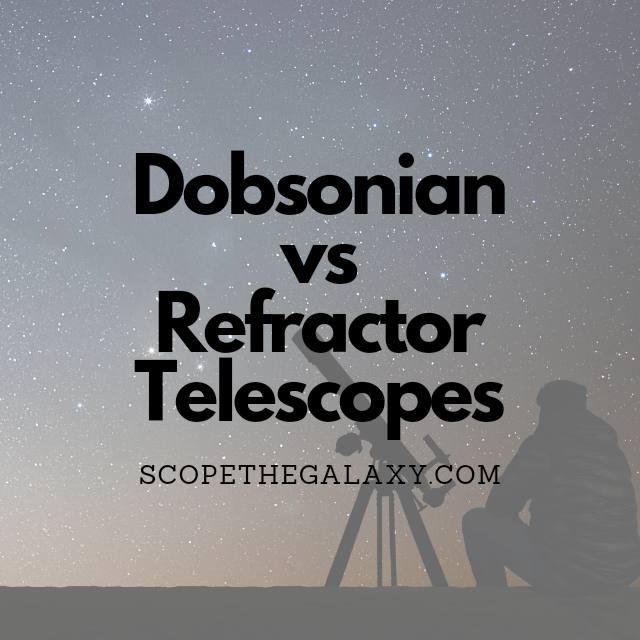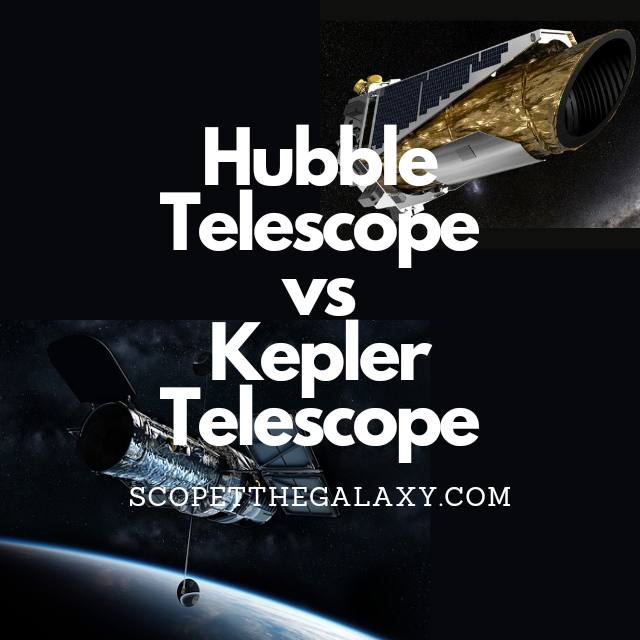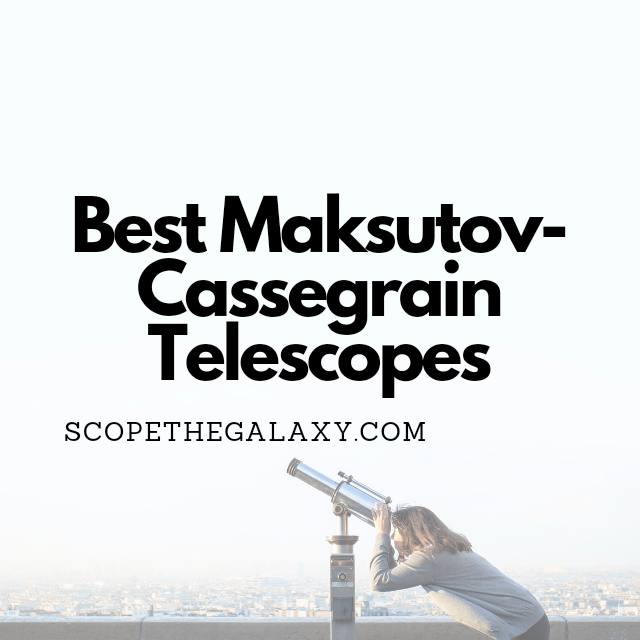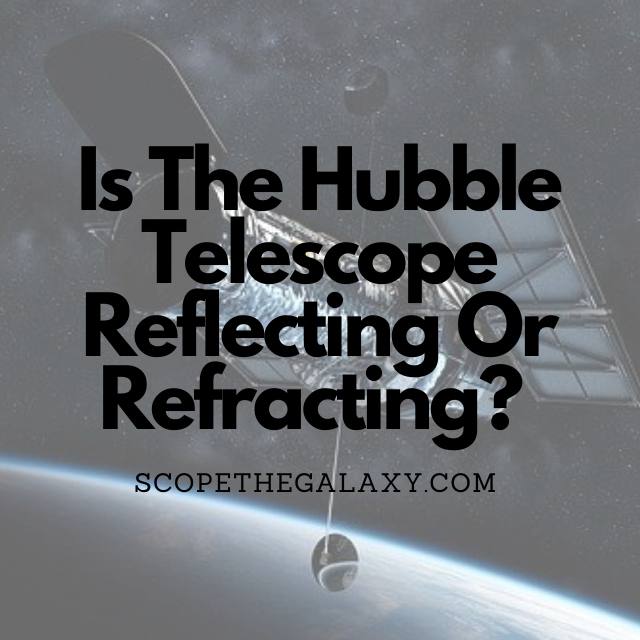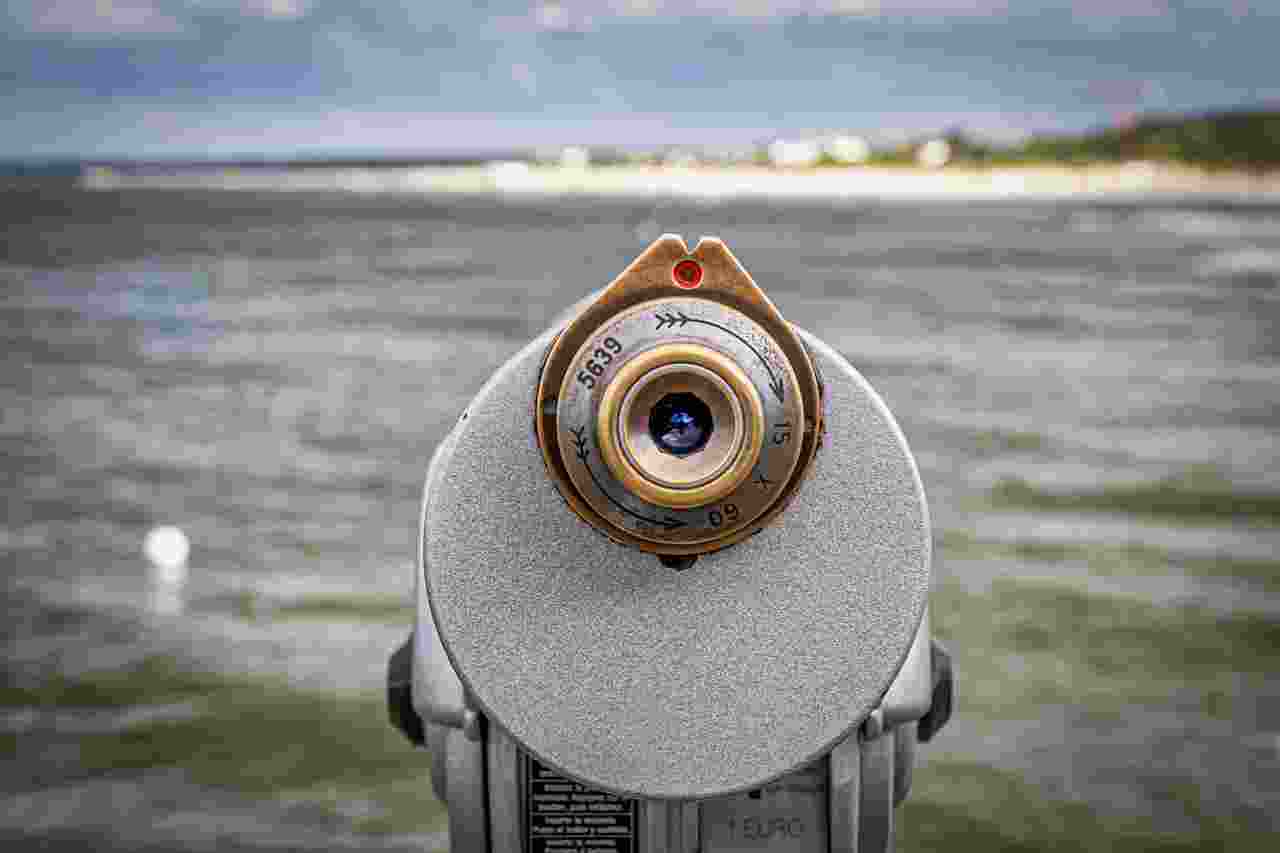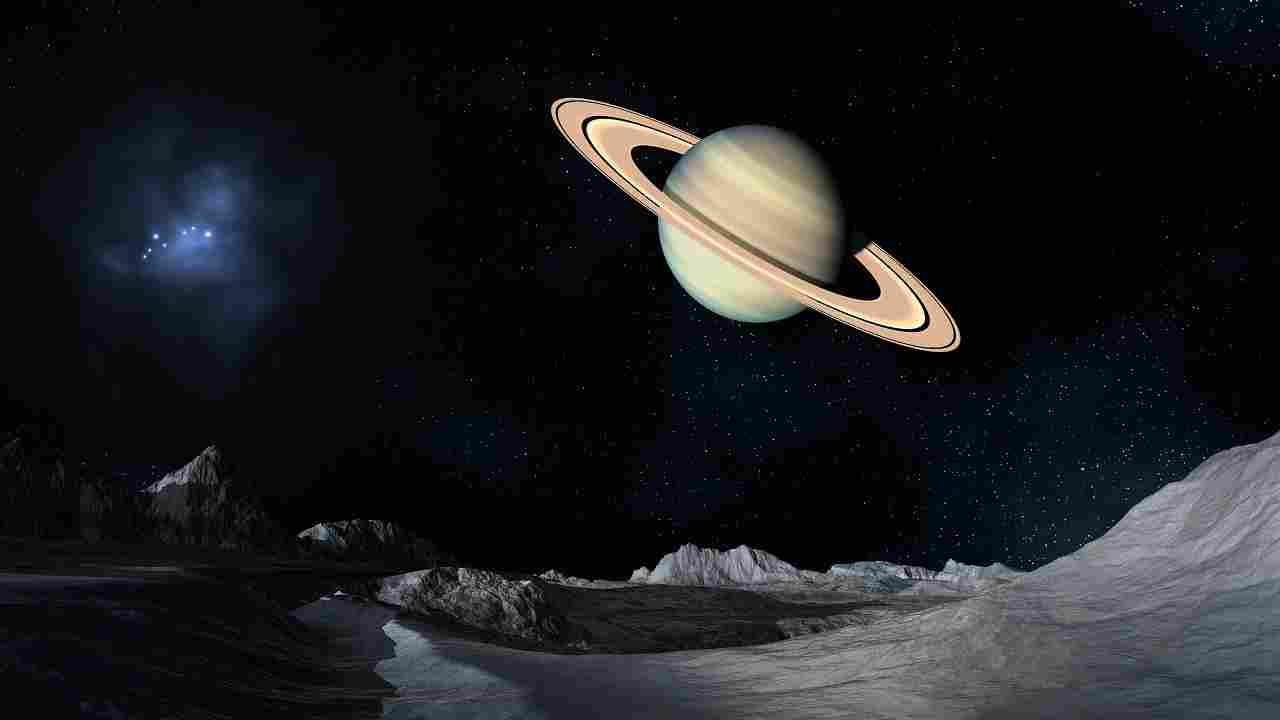Dobsonian vs Refractor (How Are They Different?)
The main differences between Dobsonian telescopes and refractor telescopes are that Dobsonian telescopes utilise mounts that only move up, down left and right at any given time while refractors can move in every direction depending on the mount used and premium refractive telescopes are often better than Dobsonian telescopes for astrophotography. For a more detailed … Read more

